Bunion and Toe Shortening Surgery
Bunion and Toe Shortening Surgery in Miami is a specialized treatment offered at Luxe Foot Surgery. Catering to the specific needs of those dealing with bunions and toe alignment issues, our clinic in Miami is committed to patient comfort and care. In this article, we will delve into the procedure, aftercare, cost, and everything related to this surgery, providing a comprehensive overview for those seeking relief
- Updated on: January 16, 2024
AVERAGE COST
$10,500
PROCEDURE TIME
20 – 40 Min
BACK TO WORK
1 week
FULL RECOVERY
2 weeks
Book Your Free Consultation
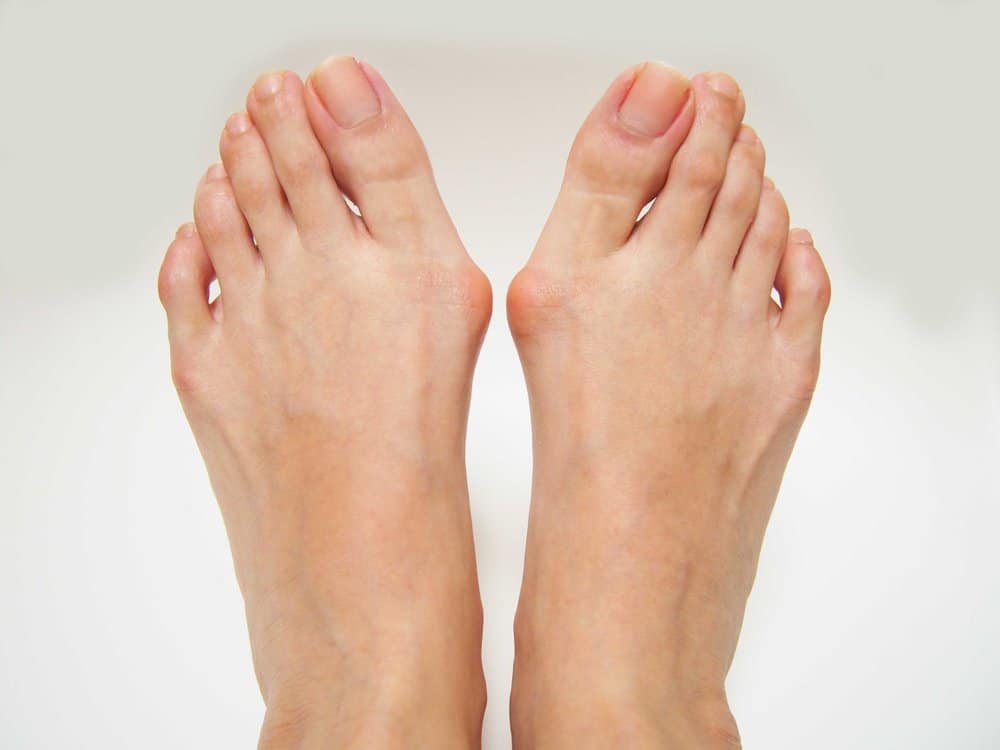
What is Bunion and Toe Shortening Surgery?
Bunion and Toe Shortening Surgery, or Hallux Valgus Correction, is a procedure to correct a bunion, a prominent bump on the inside of the forefoot. This condition can cause discomfort, especially with tight shoes. The surgery involves realigning the great toe through a cut in the bone or fusion of bones in the foot. It’s typically for patients with persistent symptoms despite non-operative treatment. The surgery can relieve discomfort and realign the toe, but requires the patient to limit weight-bearing activities for several weeks post-surgery. Symptoms vary, but are often exacerbated by restrictive footwear.
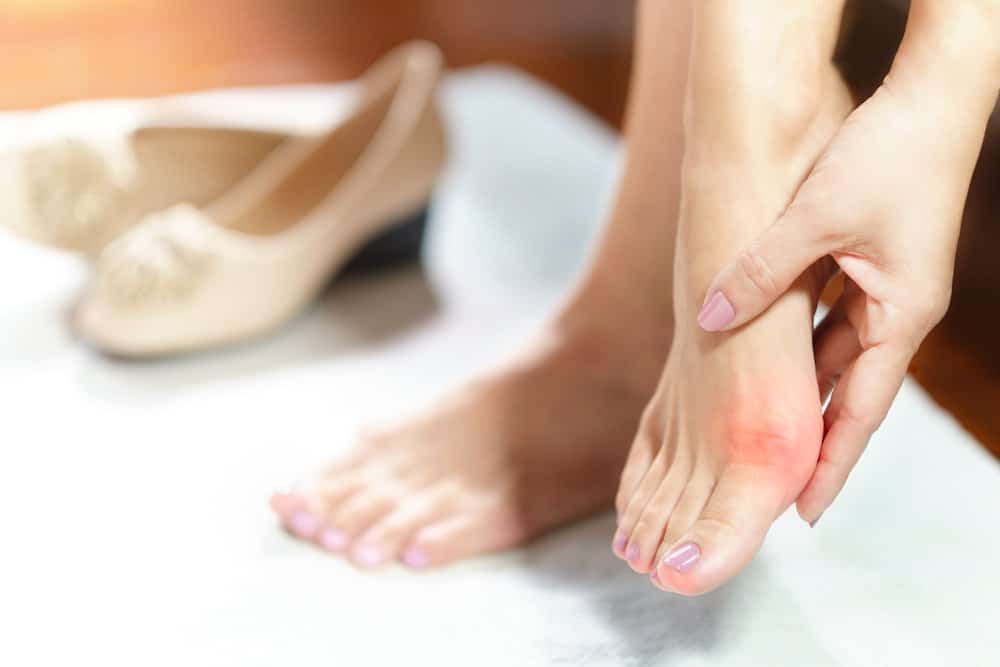
Cost of Bunion and Toe Shortening Surgery in Miami
The cost of Bunion and Toe Shortening Surgery in Miami is approximately between $9,500 to $11,000. This cost includes the procedure which typically lasts between 20 to 40 minutes. It’s important to note that recovery time can take up to 6 weeks, and patients are usually able to return to work after 2 weeks. Please contact Luxe Foot Surgery for more detailed information and to schedule a free consultation.
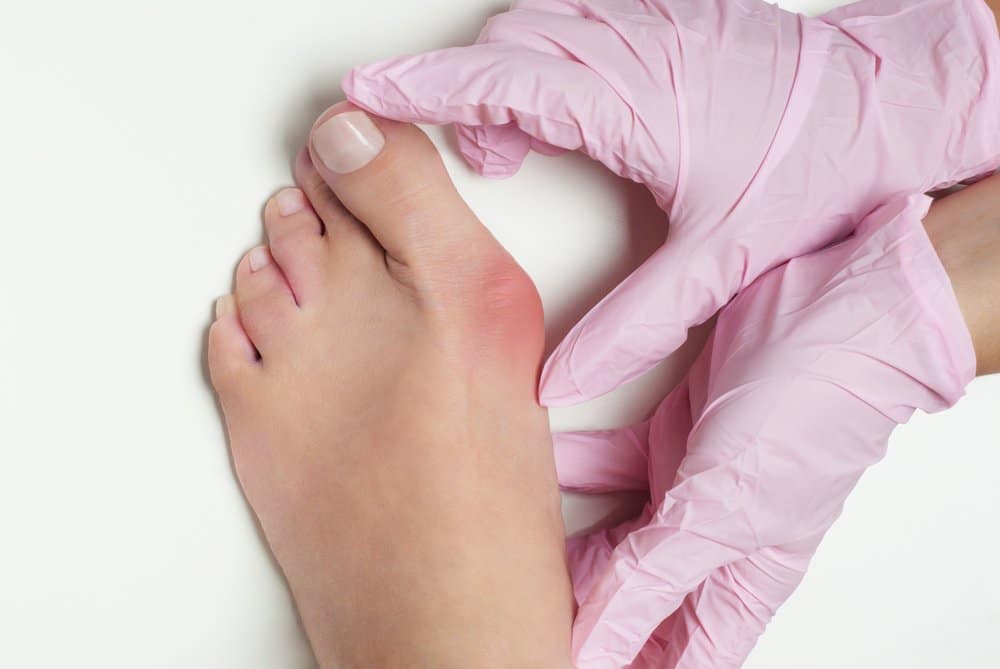
How Bunions and Toe Shortening Affect Your Quality of Life
Bunions can cause discomfort and pain, making it difficult to walk or wear shoes. They can also lead to other foot problems, such as hammertoes or bursitis. Toe shortening, on the other hand, can help alleviate these issues and improve a person’s comfort and mobility. However, like any surgical procedure, it comes with its own risks and recovery period.
It’s important to consult with a healthcare professional or a specialist at a reputable clinic like Luxe Foot Surgery in Miami to understand the best treatment options for your specific situation. They can provide a comprehensive evaluation and discuss the potential benefits and risks associated with these procedures.
Preparation for Bunion and Toe Shortening Surgery
Here is a summary of the steps involved in preparing for bunion and toe shortening surgery based on the information from the Bunion Center of Excellence:
Testing and Diagnosis: Before scheduling your surgery, the doctor will conduct a physical examination of the foot. The podiatrist will determine the severity of the lump on the outside of the foot to create a personalized treatment plan. X-rays may be ordered to determine the stage of the bunion and the extent of the deformity.
Managing Expectations: The podiatrists will discuss what you can expect in terms of recovery and surgical outcome. It’s important to realize that recovering from bunion surgery can take weeks or even months.
The Day of the Surgery: On the day of your surgery, you will arrive at the facility one to two hours before your scheduled procedure. The doctor will evaluate you and then administer IV sedation before beginning surgery.
FAQs about Preparing for Bunion Surgery: Some common questions include whether you need to stop taking certain medications before surgery, if you will be able to drive after surgery, and how to prepare for recovery. The doctor will provide detailed post-operative directions, including a written explanation of dos and don’ts.
Presurgical Preparations: To prepare for surgery, patients should maintain a healthy lifestyle, avoid certain medications, and discontinue smoking.
Preparing the Home Environment for Post-Surgical Recovery: Patients should create a safe and comfortable environment at home. This includes removing tripping hazards, ensuring adequate space for rest, and having essential items like crutches, ice packs, and comfortable clothing readily available.
Remember, the length of recovery time following bunion surgery can vary depending on the specific procedure, the extent of the surgery, and individual patient factors. It can generally take several weeks to several months to fully recover.
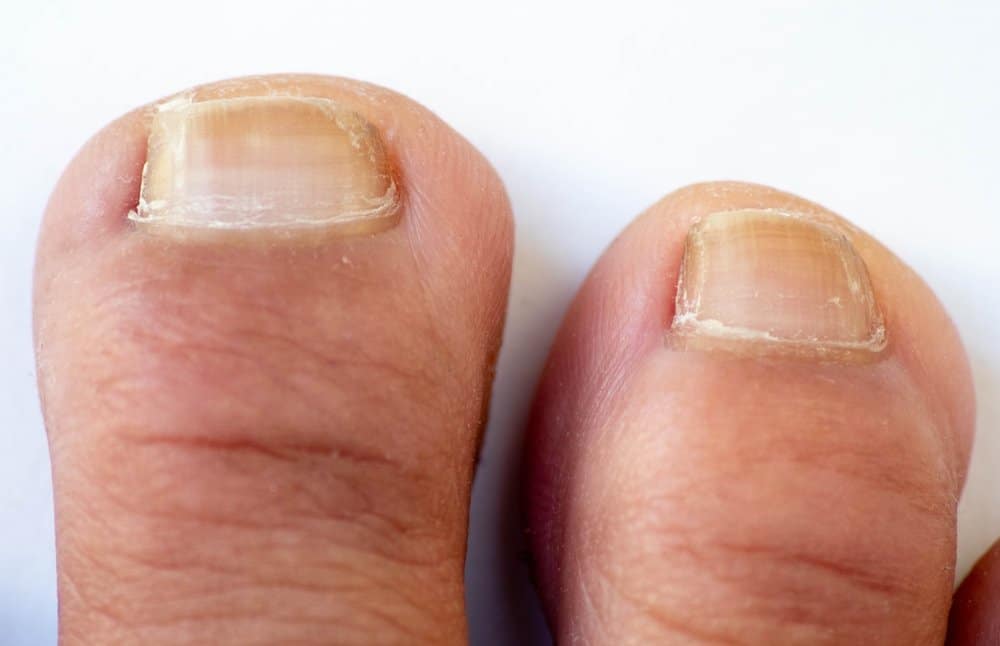
Benefits of Toe Shortening Surgery
The benefits of Toe Shortening Surgery are numerous. The primary advantages are pain relief and improved confidence, which can lead to increased activity and an overall improvement in the quality of life. This surgery can also allow you to perform your daily activities without pain and discomfort, and provide you with more diverse footwear options. Another significant benefit is the reduction of pain at the base of the toe, especially in the ball of the foot, which can often feel like walking on a pebble or marble. The surgery can also help straighten out the toe, further enhancing comfort and functionality
Post-surgery Care and Tips for Quick Recovery
Here are some tips for recovery after bunion and toe shortening surgery, as per an article from Florida Foot Docs:
Prepare for Coming Home: You’re likely still going to feel groggy from the anesthesia when you get home, so make sure you have a comfortable place to rest as soon as you return from surgery.
Prepare for Crutches: We may recommend that you use crutches for some time after surgery to avoid putting weight on your foot. You should prepare your home in advance, clearing wide paths and removing any potential tripping hazards.
Prepare for Future Showers: When it comes time to shower, we may not want you to get your foot wet. You should keep in mind that avoiding putting weight on your affected foot also includes when you’re in the shower. Using a shower chair or a handheld shower can make this process much quicker and easier.
Keep Things Within Reach: Before you go in for surgery, you should determine where you spend most of your time and make sure everything is within reach.
Get Some Help: Now that you’re on crutches and are supposed to keep your foot elevated as much as possible, you won’t be able to perform many of your routine tasks. So plan ahead to have someone help you do things like walk your dog or handle your laundry.
Physical Therapy: There are many reasons why we recommend physical therapy during your recovery. A physical therapist is with you every step of the way, helping you walk with your crutches, then your boot, and finally your new foot.
Don’t Start Using Your Foot Too Soon: When you graduate to a walking boot, or even before that, resist the temptation to cheat and use your foot. It’s crucial to allow your bones and other affected tissues to heal properly, and any premature pressure can throw off this process.
Remember, these are just some general tips and your doctor will provide you with specific instructions based on your individual case.
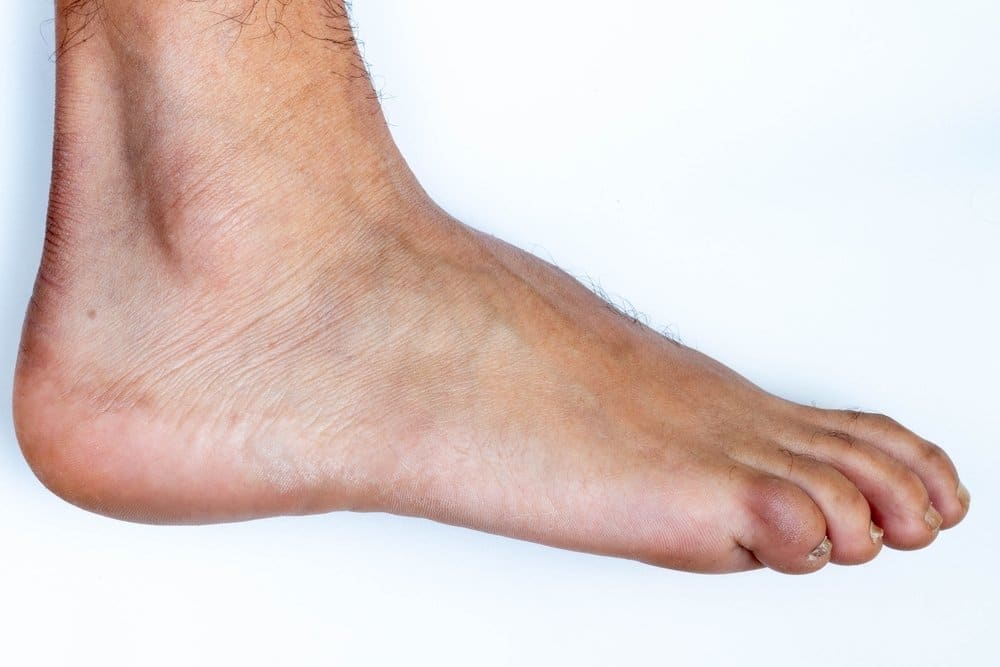
Risks and Complications of Bunion and Toe Shortening Surgery
Some potential risks and complications of these types of surgeries may include:
- Infection: This is a risk with any surgical procedure. Antibiotics are typically given to prevent this.
- Nerve damage: There’s a risk of damage to the nerves in the foot, which can lead to numbness or tingling.
- Bleeding or blood clots: As with any surgery, there’s a risk of excessive bleeding or the formation of blood clots.
- Recurrence of the bunion or toe deformity: In some cases, the bunion or toe deformity may return after surgery.
- Pain and swelling: These are common after surgery and usually decrease over time, but in some cases, pain may persist.
- Difficulty with shoe fit or walking: Some patients may have ongoing issues with shoe fit or walking after surgery.
It’s important to discuss these potential risks and complications with your healthcare provider before deciding on surgery. They can provide more detailed information based on your specific situation and health status.
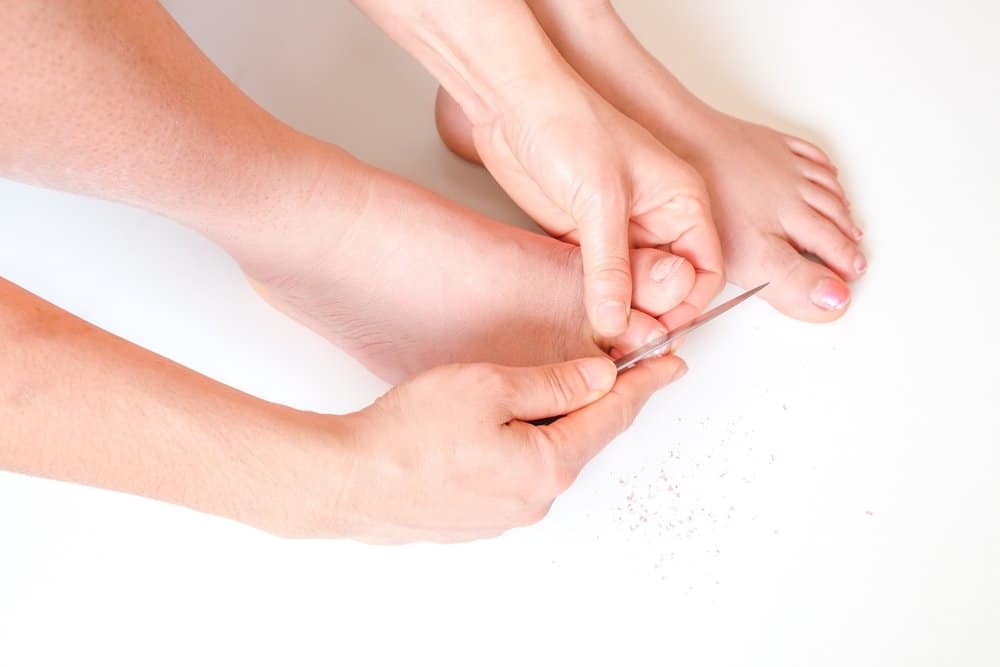
Symptoms Indicating You May Need a Bunion Surgery
A bunion is a bony lump that forms on the joint at the base of your big toe, which occurs when some of the bones in the front part of your foot move out of place. This causes the tip of your big toe to get pulled toward the smaller toes and forces the joint at the base of your big toe to stick out. The skin over the bunion might be red and sore.
Here are some symptoms that might indicate the need for bunion surgery:
Persistent and intense pain: If you have a bunion that is causing constant and severe pain that is not relieved by rest, changes in footwear, or non-prescription medications, you might need surgery.
Inflammation and swelling that doesn’t improve with rest or medications: Despite your best efforts, if the inflammation and swelling persist, it might be time to consider surgery.
Decreased mobility: If the bunion is making it difficult for you to move your toe, especially during routine activities, it might be indicative of a need for surgical intervention.
Toe deformity: If your big toe is starting to cross over your second toe, surgery could be necessary. A severe deformity can lead to other complications, like hammertoe or bursitis.
Non-responsive to conservative treatments: If you’ve tried non-surgical treatments, such as changing shoes, using custom shoe inserts, padding, or splinting your toe, and these have not helped alleviate your symptoms, it might be time to consider surgery.
Difficulty walking or performing normal activities: If your bunion is causing significant difficulty with walking, running, or other normal activities, surgery might be an option.
Chronic skin irritation over the bunion: Repeated or persistent skin infections over the bunion could also suggest a need for surgery.
Frequently Asked Questions about Bunion and Toe Shortening Surgery at Luxe Foot Surgery
At Luxe Foot Surgery, we frequently receive a variety of inquiries about Bunion and Toe Shortening Surgery. In this section, we aim to answer some of these common questions. If you have additional questions about Bunion and Toe Shortening Surgery, please feel free to reach out to our team over the phone. If you require specialized attention to assess your individual case, we encourage you to arrange a complimentary consultation using the provided link. We’re always here and ready to assist you!
Ideal candidates for this surgery are individuals experiencing discomfort or pain due to bunions or elongated toes, those who have difficulty with footwear fitting, or those who are self-conscious about the appearance of their feet.
The duration of the procedure can vary depending on the complexity of the case, but generally, it can take around 1-2 hours.
As with any surgical procedure, there are potential risks and complications, including infection, nerve damage, and issues with anesthesia. However, these risks are minimized when the procedure is performed by a skilled and experienced surgeon.
The success rate of Bunion and Toe Shortening Surgery is generally high, with many patients experiencing significant improvement in their symptoms and quality of life.
Yes, most patients are able to return to their normal activities after a recovery period. However, the exact timeline can vary depending on the individual’s specific condition and healing progress.
You can contact us by phone or through our website to schedule a free consultation. We’re here to serve you with pleasure.
If your insurance doesn’t cover the full cost, we offer self-financing options to ensure that you can receive the care you need.
You can visit our website or social media platforms for more information about Bunion and Toe Shortening Surgery. You can also contact us directly with any inquiries. We’re here to assist you.
Latest Articles

Bunion Surgery With Morton’s Toe Shortening Explained
Bunions and Morton’s toes are common podiatric conditions – sometimes, they can be found on the same foot. If you’re

Is Toe Shortening Surgery Safe? A Comprehensive Overview
Toe shortening surgery is a cosmetic surgical option that aims to alter the length of the toes for primarily aesthetic

Toe Shortening Surgery in Florida: What You Need to Know
Do you desire to undergo toe shortening surgery in Florida? Whether it’s to improve functionality, enhance aesthetics or alleviate annoying
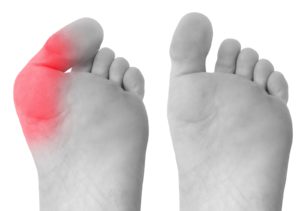
Bunion Surgery Recovery Week-By-Week Guide
A bunion is an unpleasant foot deformity that can only be permanently corrected with surgery – but what can you
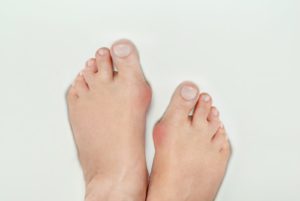
Types of Bunion Surgery
A bunion is one of the most painful foot deformities – it often affects everyday activities and makes it difficult

Flex and Soothe: Best Stretches for Bunion Sufferers
The bunion is a complex deformity – it can get progressively more painful over time, and at some point, you
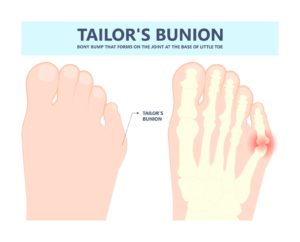
Bunion on the Little Toe: Causes, Symptoms, and Treatment Options
Many people struggle with a bunion on the little toe – this condition can cause unpleasant symptoms and interfere with

The Benefits of Bunion Massage
What can you do when your bunion has been causing discomfort and pain throughout the entire day? As soon as

Best Bunion Shoes for Men
Are you exhausted from dealing with the pain and discomfort caused by bunions? Seeking an adequate pair of shoes might
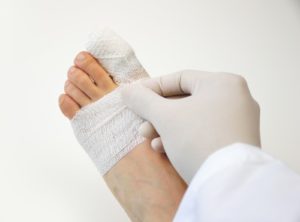
What to Expect 4 Weeks After Bunion Surgery?
If you’re having minimally invasive bunion surgery soon, you must be wondering what the recovery process will look like. The
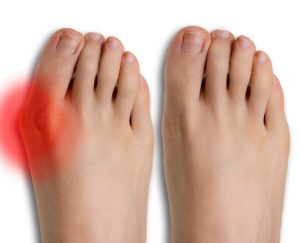
Understanding the Difference: Normal Foot vs. A Bunion
How to tell if the shape of your foot is normal or if you have a bunion? It can be
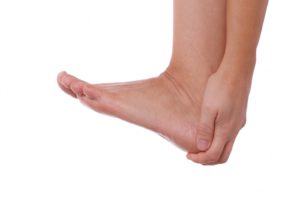
Understanding Bunions on the Bottom of Your Foot
Bunions can only form on the side of the foot at the base of the joint. People cannot develop bunions